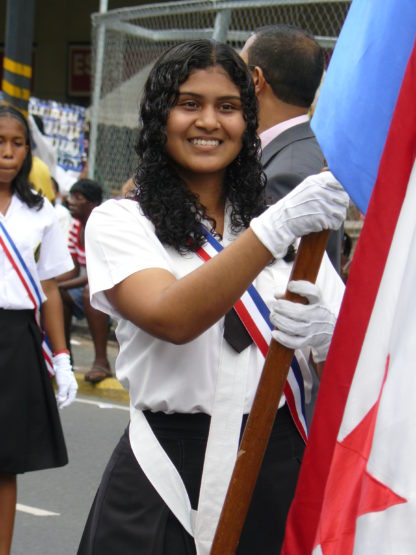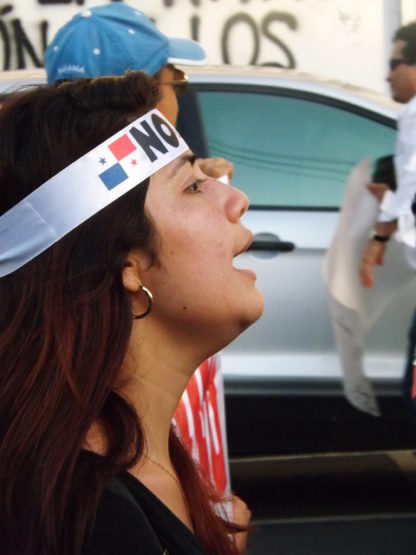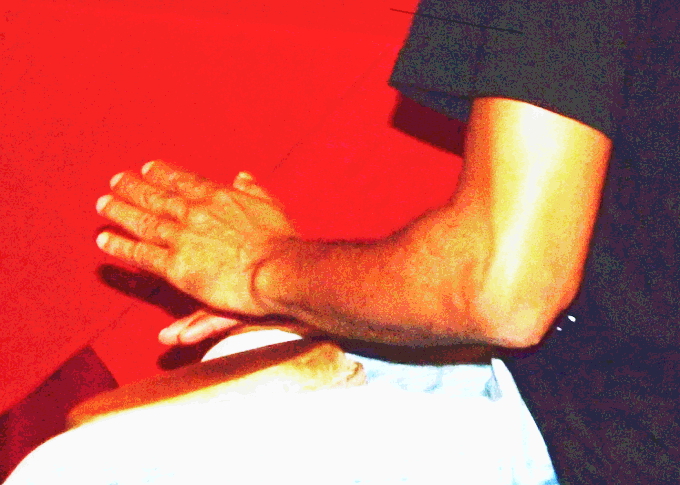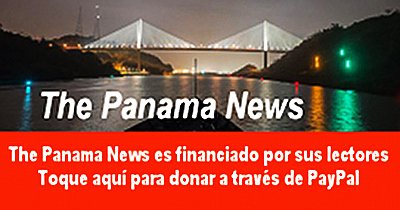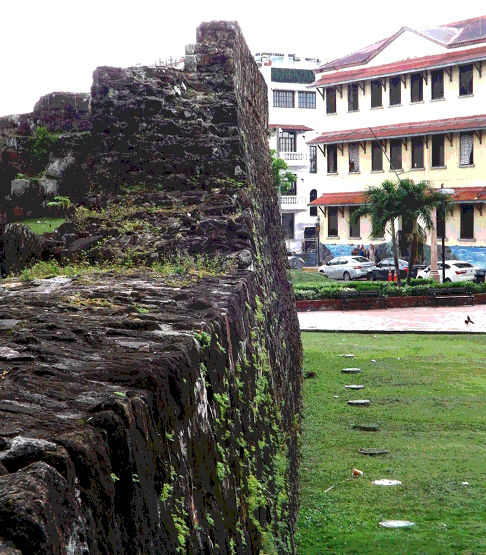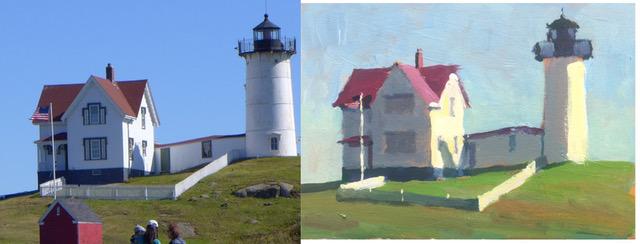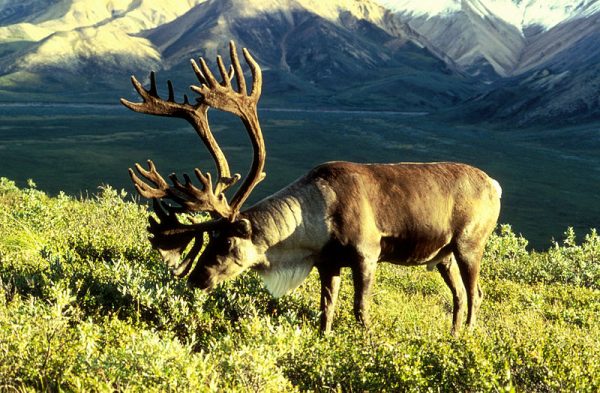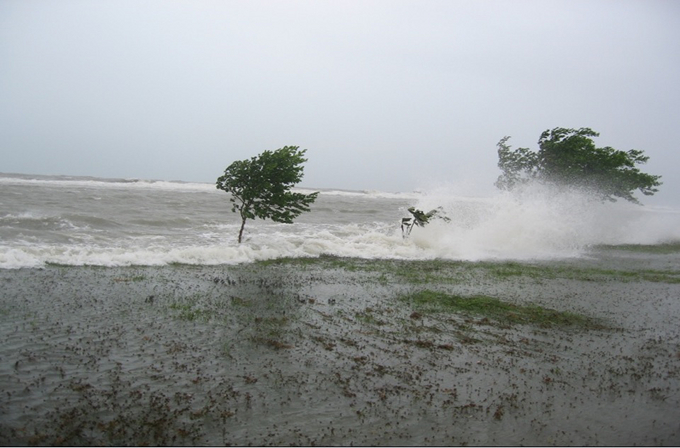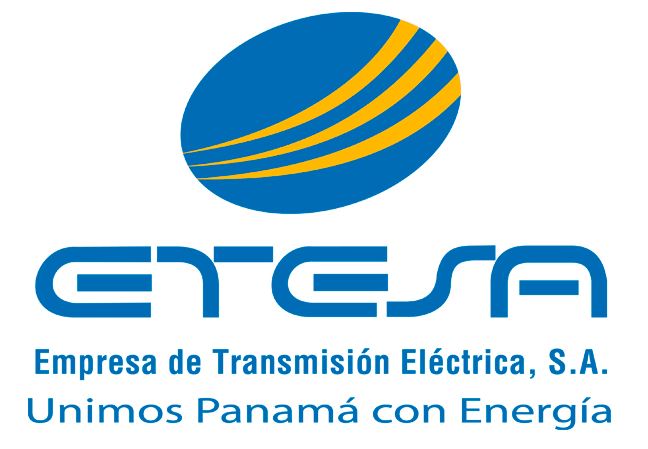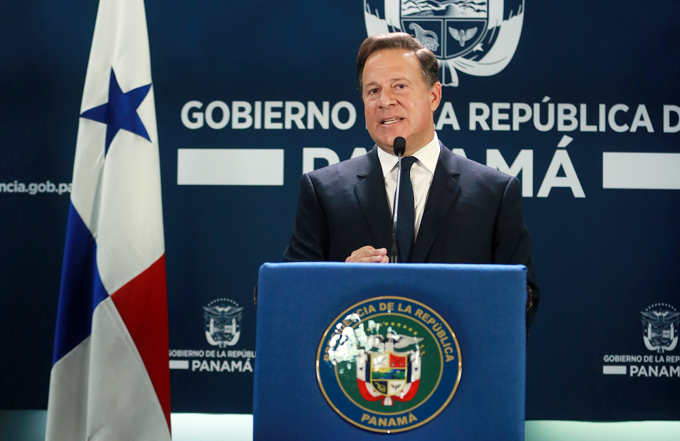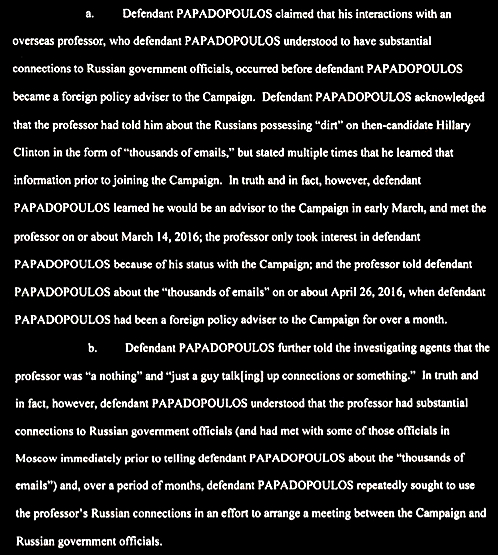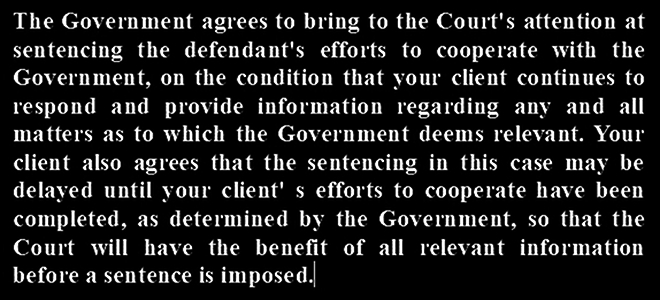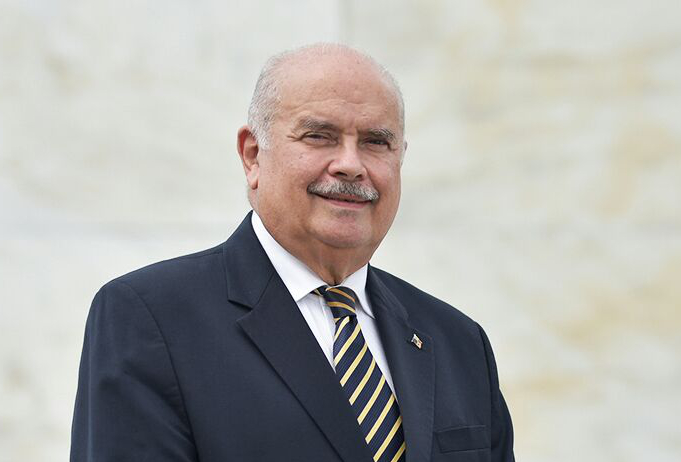
We will free Panama
by Miguel Antonio Bernal
Day by day Panama ever more needs a civic commitment — one with both an attitude and an aptitude — to give the citizenry what we need to free ourselves from the structural bonds of corruption.
With the case of the criminal mega-corporation Odebrecht, we have come to a fork in the road: we are either capable of rising to the occasion as a society, or we will continue a descent that ends in Panama just being a place where people live — but just people, local or foreign, for whom our country is just a business or a place to conduct business.
Panama, as a nation, as a country and as a republic, has been turned away from the values, the principles and the objects that belong to each of these concepts. The gravity of the facts does not seem to have been taken into account by those who run the government, notwithstanding that these stubborn facts daily assert themselves and await a civic reaction that does not occur.
And that’s why it’s imperative to have a citizens’ action movement to achieve freedom, to break the chains of consequences that daily corruption with impunity brings to us.
Education, the quality of life, the rule of law, all of the economic, social and procedural guarantees — none of these will improve if we do not manage to free ourselves from outdated, outdated and degenerated structures that dominate our society.
Only we can accomplish the task of freeing ourselves, in a joint effort among all of us who love Panama and who are willing to rescue our nation, our country and our republic from all of the cheap political tricks and those who promote and are favored by them.
The obstacles will multiply to the extent that we do not act decisively and patriotically. Only by freeing ourselves from the current power structures will we recover our dignity and our identity in order to be the private and public persons whom our times demand.
Let’s not allow the voices that discourage our protests to deaden our will to free Panama.
~ ~ ~
These announcements are interactive. Click on them for more information.




